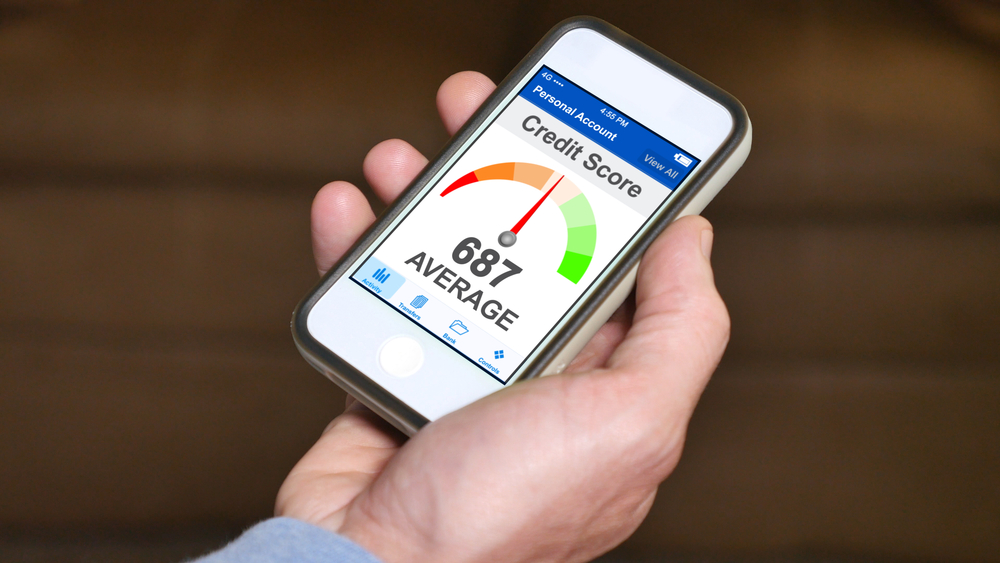Whether you need to pay for an expensive medical procedure, renovate your home, purchase electronic equipment or consolidate your debt, you may find yourself having to borrow money. In the end, the reason why you need to borrow money is not as important as knowing where to get it from. Having the information needed to make an informed decision is usually half of the battle.
This having been said when in need, most individual resort to applying for a personal loan. These have seen considerable growth in popularity in the last ten years, mainly due to the fact that it is easy to get them. However, personal loans are not the only option you have, especially if you need a large amount of money for an extended period of time.
Fewer people are aware of the possibility of getting a line of credit, although these can be just as useful, if not more so. So, how can you determine which one is a better fit for your needs? Here are three steps that you can use to decide:
Decide What Expenses You Need to Cover
The first thing that you need to do is to determine what kind of expenses you need to cover and what their value will be. This means that you will have to look at the amount of time that they will span across and try to create an expense budget.
For example, extensive medical treatments often have to be paid in steps, which means that you do not need a large amount of money at once. In this case, having access to a larger account that you can draw money from on an as-needed basis may be more useful.

Know What Each Can Do for You Before Making a Choice
Once you determine what your expenses will be and how you need to pay them, it is time to consider your options.
Personal loans are easy to get, they are usually unsecured, and they come with no restrictions in terms of what you can do with the money. The amount of money that you can borrow is usually based on your credit rating. The higher the rating, the bigger the amount of money that you can borrow will be.
Once you get the loan, you will pay interest for the entire amount, and you will have to repay the money on a monthly basis.
Lines of credit are different from personal loans, at least on a technical level. These work similarly to credit cards. By getting a line of credit, you will gain access to an account that you can use to borrow money from the bank. What differentiates the line of credit from a personal loan is that with the former you only pay interest for the credit that you use and only if you do not return the money by the end of the month.
For example, if you take out a line of credit that has a limit of £15,000 and you use £1,000 of it, you will only pay interest for the credit that you’ve used. If you do not take out any money from the line of credit, then you will only have to pay a small administration fee.
Understand the Eligibility Requirements and the Terms and Conditions
Lastly, you will have to look at the requirements for each type of deal. For example, personal loans are extremely easy to get and are usually unsecured. On the other hand, lines of credit will require collateral. Depending on how much money you want access to, you may have to put up your car or your home as a guarantee.
This also means that if you are unable to pay a personal loan on time, there will be fewer consequences than if you are unable to repay a line of credit. With the former, in a worst-case scenario, the lender may take possession of your home.
To Sum It Up
Both personal loans and lines of credit are extremely useful, as long as you understand the risks and benefits that come with them. Determining which one is the best fit for you is more a matter of understanding how you will have to spend the money rather than a repayment issue. Go through the steps that we’ve detailed above, and you should be able to make an informed decision.

